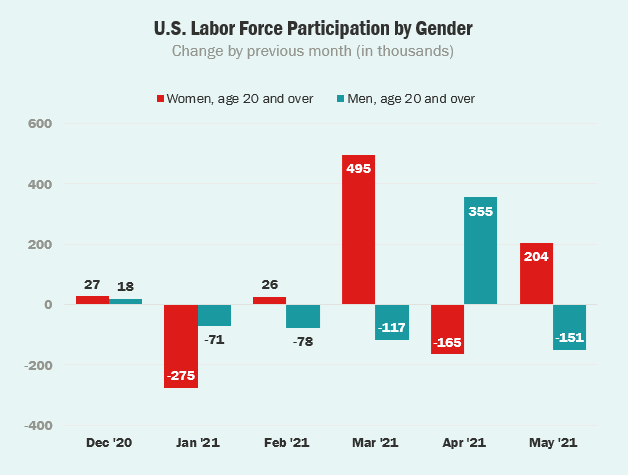2-minute read
In this edition: Austin has one of the best unemployment rates among major U.S. cities, and a snapshot of the women’s labor market picture.
ICYMI: Workforce Solutions Capital Area is enrolling for the National Dislocated Worker Grant (NDWG) program, which provides Austin-Travis County residents pathways to financial stability and jobs.
- Through NDWG, residents have access to job opportunities with employers working to minimize the impact of COVID-19 in your community.
- This program serves those receiving unemployment benefits due to being temporarily/permanently laid off, those with drastically reduced hours at work, or the long-term unemployed.
- Additional benefits for participating in the program include individualized career counseling, job search assistance, opportunities for in-demand career training, stop-gap supports (utilities, rent, etc.) once federal benefits end, and more.
- Learn more on our website. Please share with your constituents.
Were you forwarded this email? Sign up to receive my weekly updates here.
In partnership, Tamara.

1. Austin ranks No. 5 for lowest unemployment rate among major U.S. cities
Driving the news: Based on the latest preliminary data from the Bureau of Labor Statistics, as of April 2021, Austin ranks No. 5 for lowest unemployment rate among major U.S. cities.
The top ten major U.S. cities with the lowest unemployment rates include:
- Omaha, NE (3.1%)
- Virginia Beach, VA (3.7)
- Raleigh, NC (4.0)
- Louisville-Jefferson County (consolidated), KY (4.1)
- Austin, TX (4.3)
- Seattle, WA (4.5)
- Nashville-Davidson (consolidated), TN (4.6)
- Minneapolis, MN (4.7)
- Charlotte, NC (4.7)
- Jacksonville, FL (4.9)
Yes, and: The City of Austin has the second-lowest unemployment rate among all major cities based on 2020 annual averages (6.2%).
Of note: In April 2021, the Austin metro’s 4.5% unemployment rate was ranked seventeenth lowest among all large metros.
What’s next: The May jobs report for Texas, the Austin metro, and Travis County will be released Friday.

2. Women’s employment is moving in the right direction, but it hasn’t turned a corner yet
The U.S. May jobs report from the Bureau of Labor Statistics signaled a slightly better story than April’s report, which saw women’s unemployment drop because more women were leaving the labor force completely.
The big picture: Although women saw some promising signs in the May jobs report, they continue to feel a disproportionate impact of job and economic losses.
U.S. labor force participation by gender, by the numbers:
- More women joined the labor force in May, reversing the situation in April.
- As shown in the chart above, a net total of 204,000 women (ages 20 and over) returned to the labor force in May after 165,000 left the labor force in April. A return to the labor force means they were either working or actively looking for work.
- There were 1.79 million fewer women in the labor force in May than in February 2020, or a decline of 2.4%. In comparison, there were about 1.75 million fewer men — a 2.1% drop.
- The labor force participation rate for women increased in May but is still below its pre-pandemic level.
- Despite women’s participation ticking up by 0.2 percentage points from 57.2% in April, the rate is still 1.8 percentage points below the February 2020 rate, compared to a 2.0 point decline for men.
Zoom in: In Texas,labor force participation for men and women is also below pre-pandemic levels, according to Texas Workforce Commission estimates based on data from the Current Population Survey.
- The 12-month rolling average for Texas women’s labor force participation as of March 2021 was 54.8%, 1.5 percentage points lower than the February 2020 rolling average (56.3%).
- The 12-month rolling average for Texas men’s labor force participation as of March 2021 was 70.5%, 1.6 percentage points lower than the February 2020 rolling average (72.1%).
Go deeper: Black and Hispanic women are still behind as jobs rebound.

